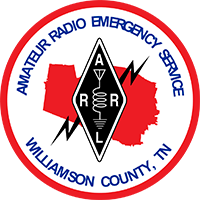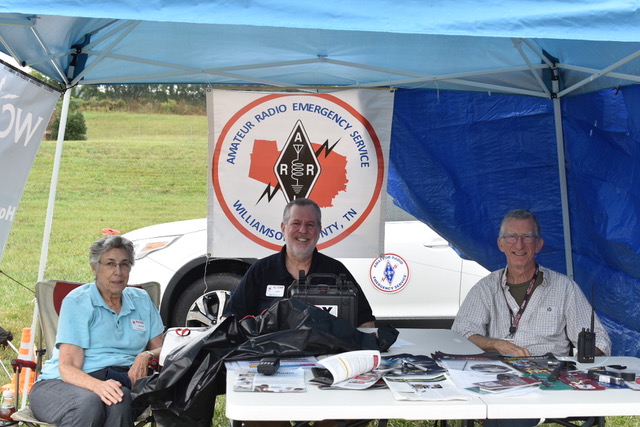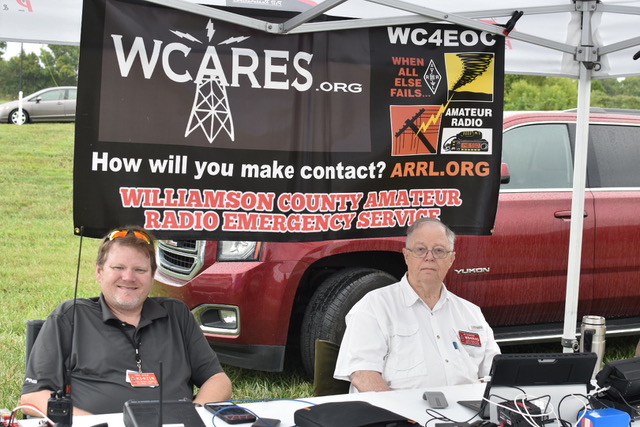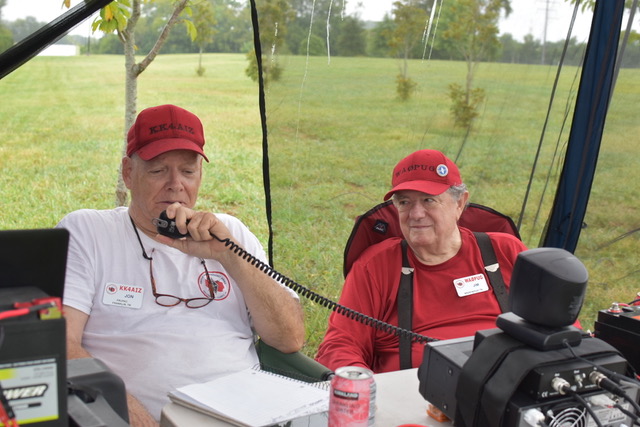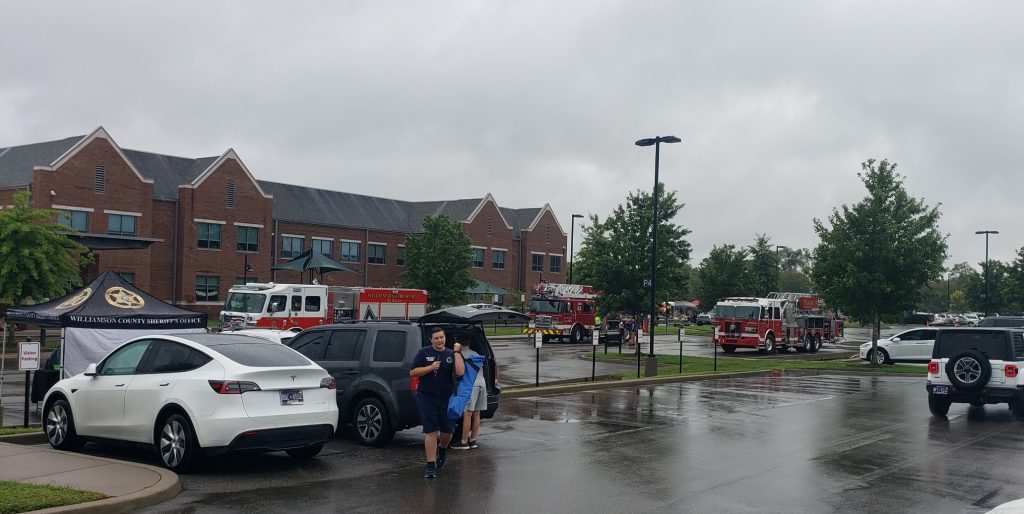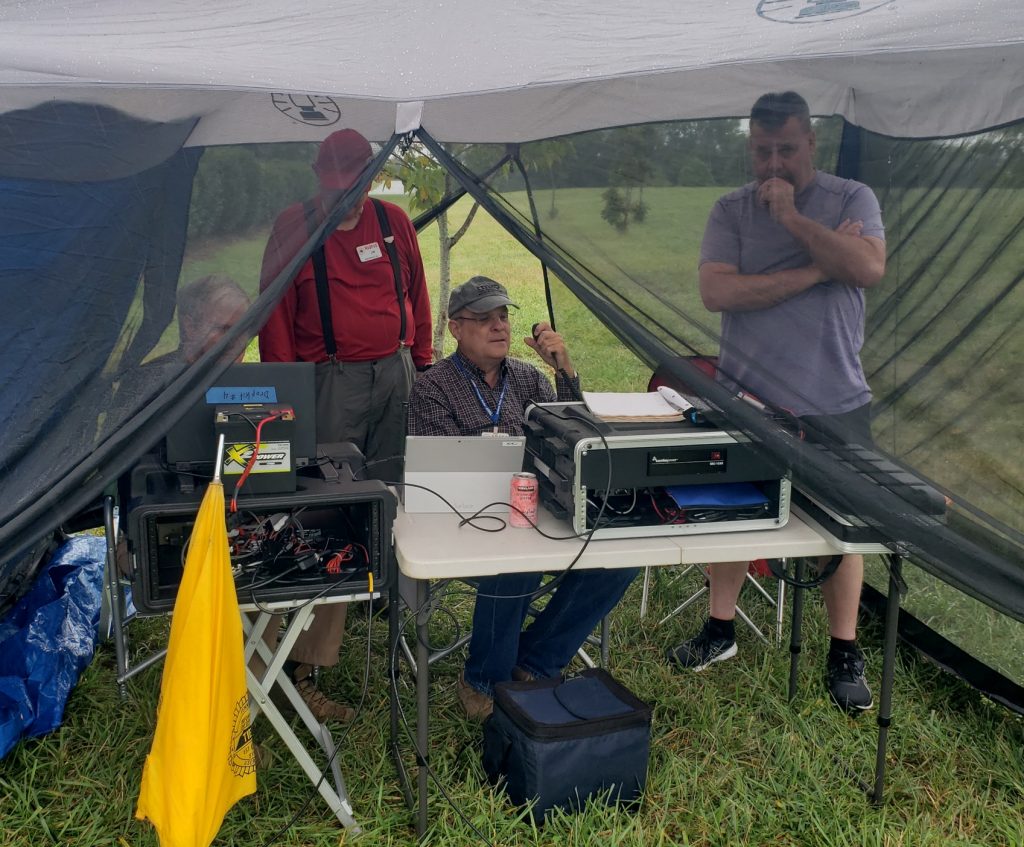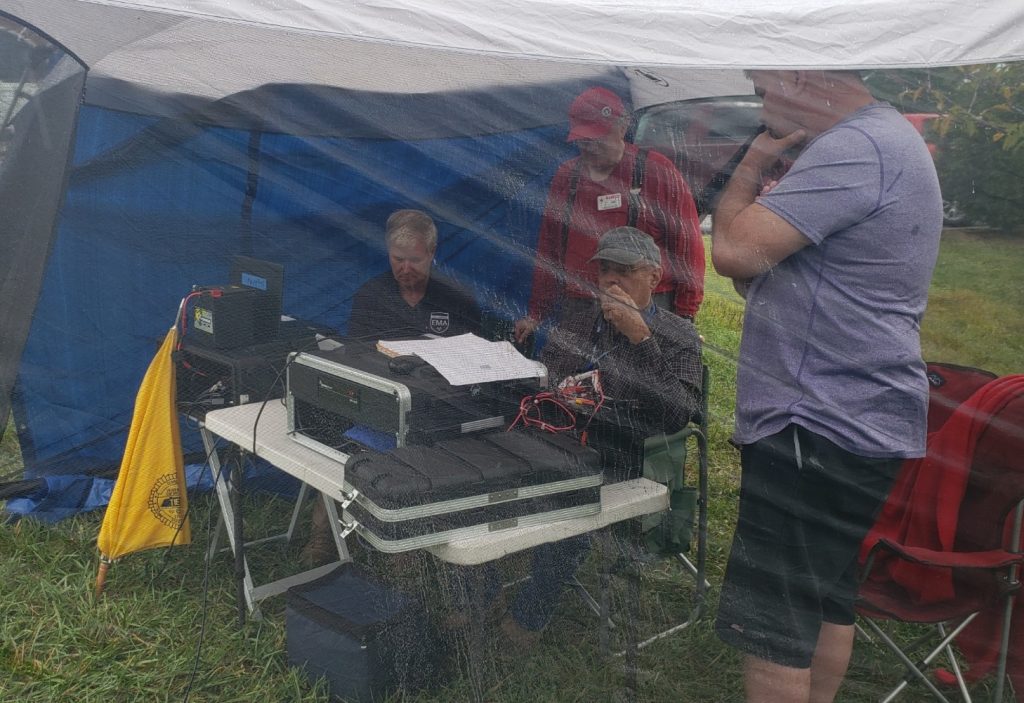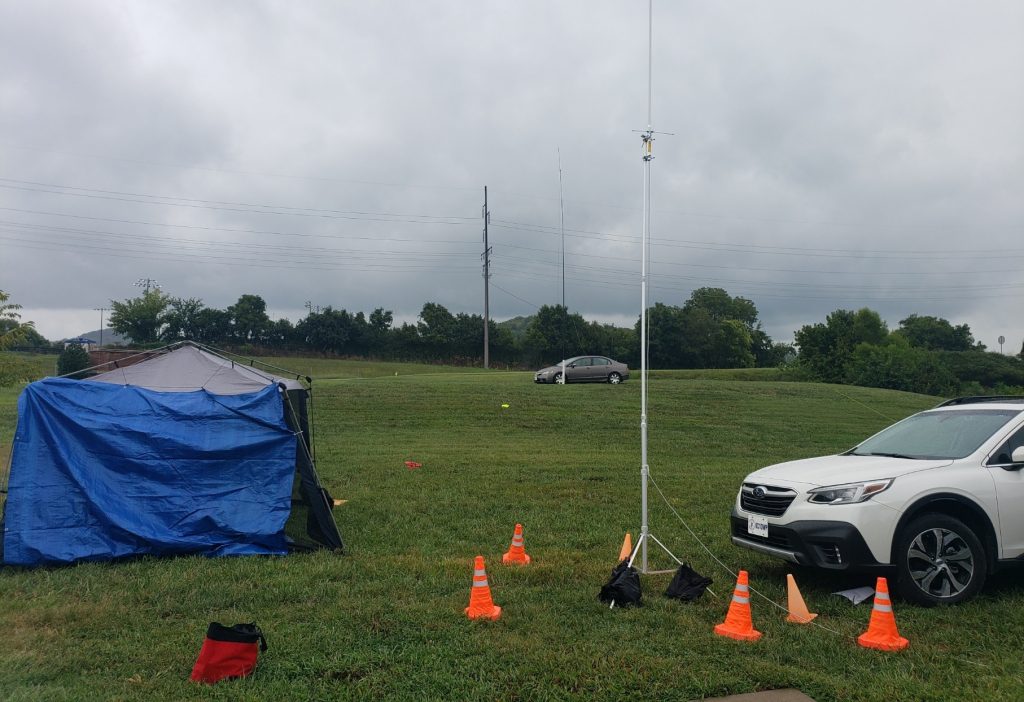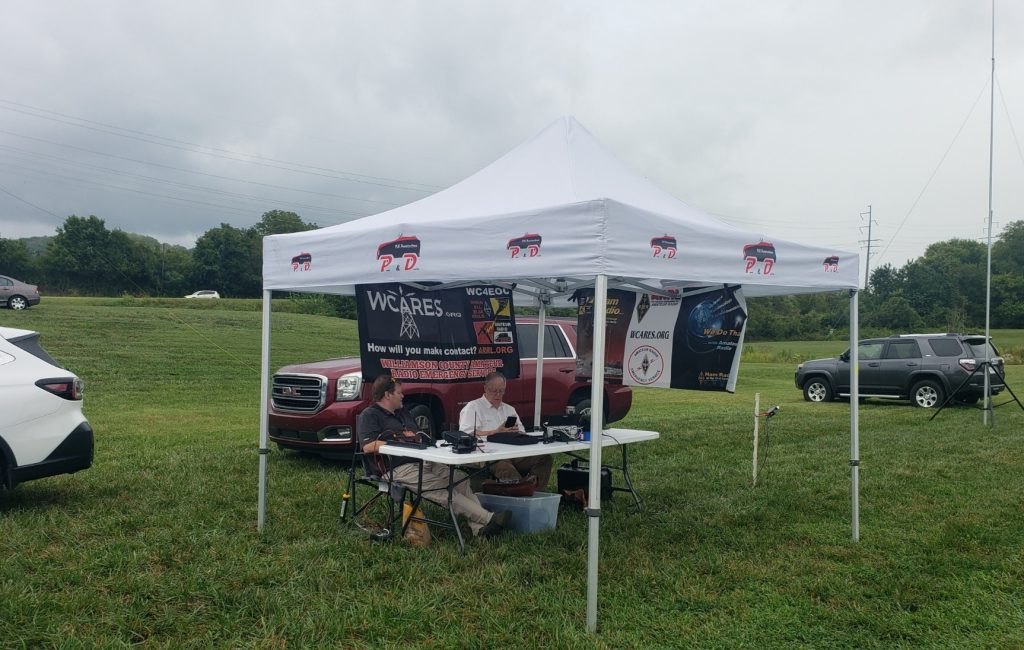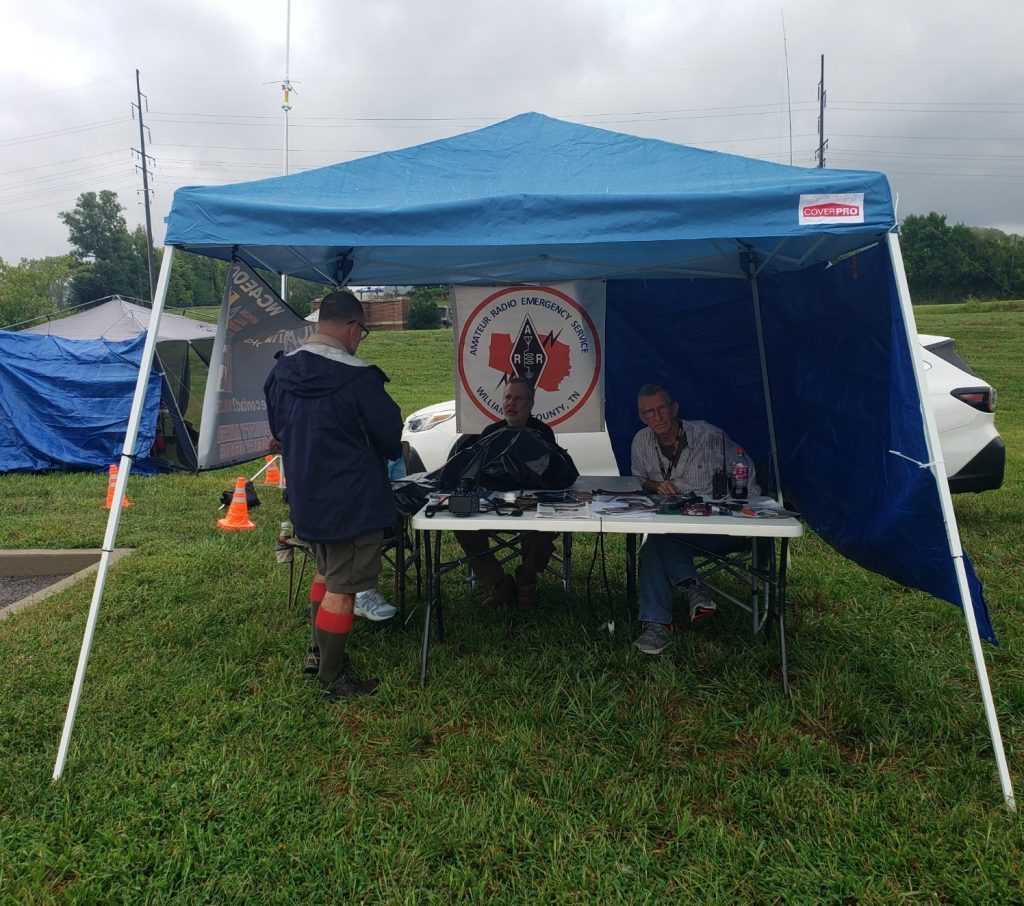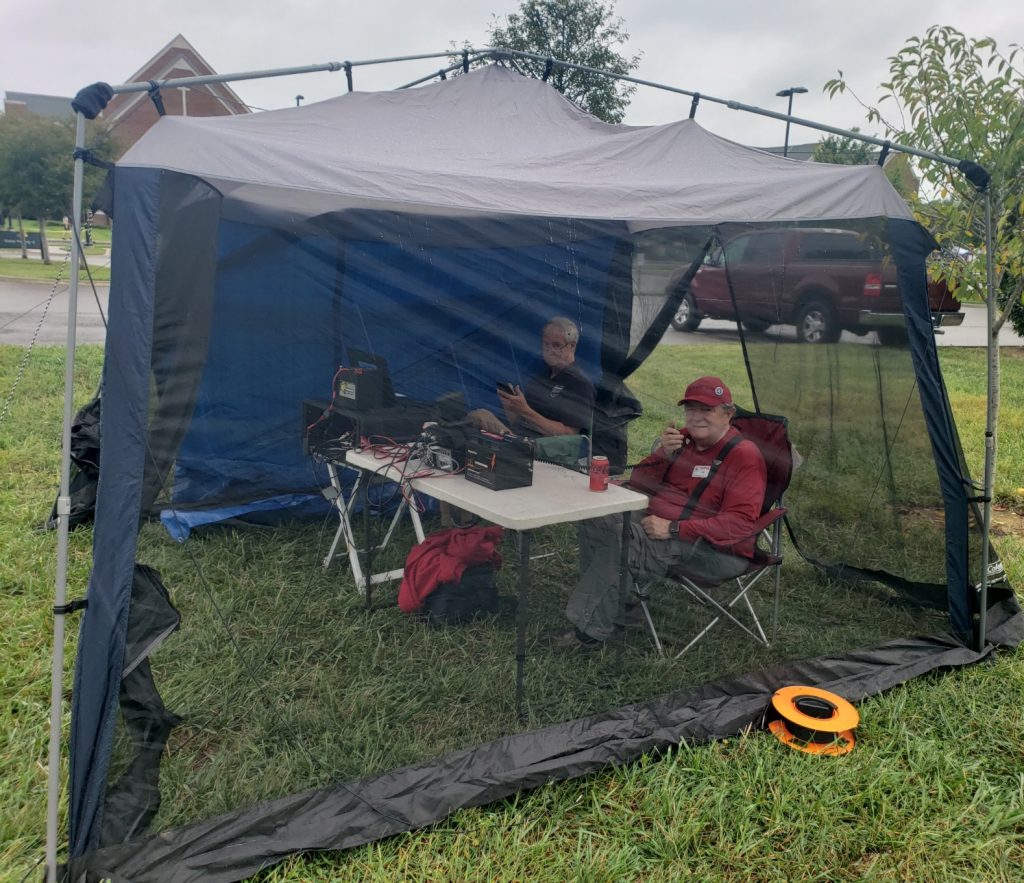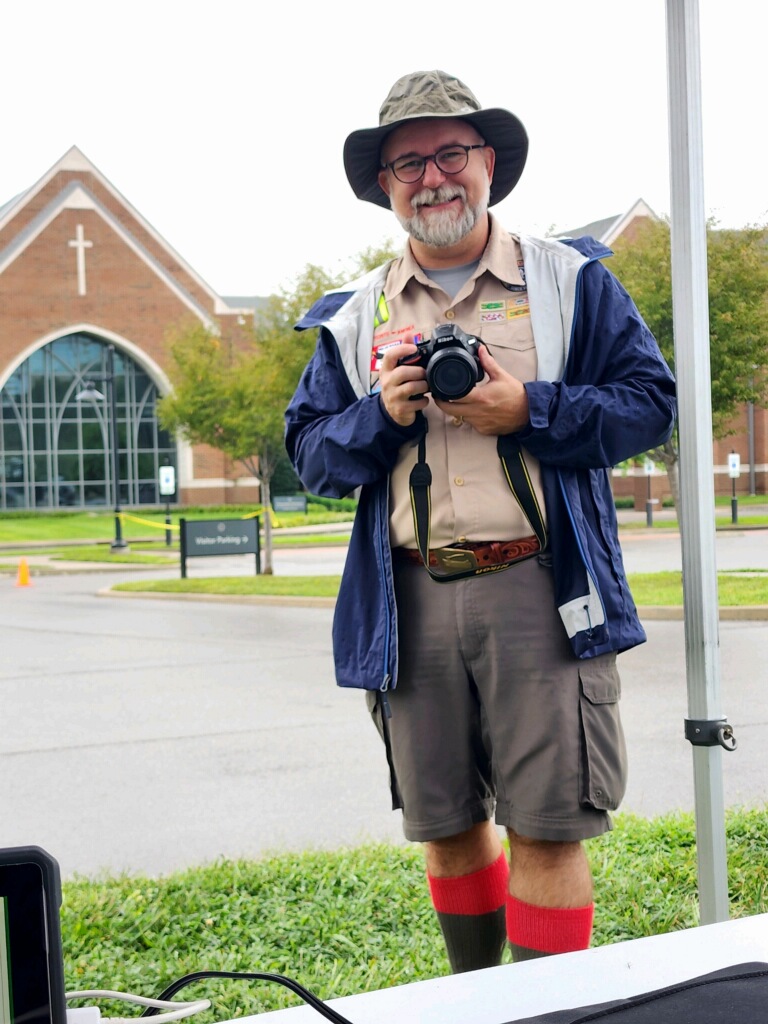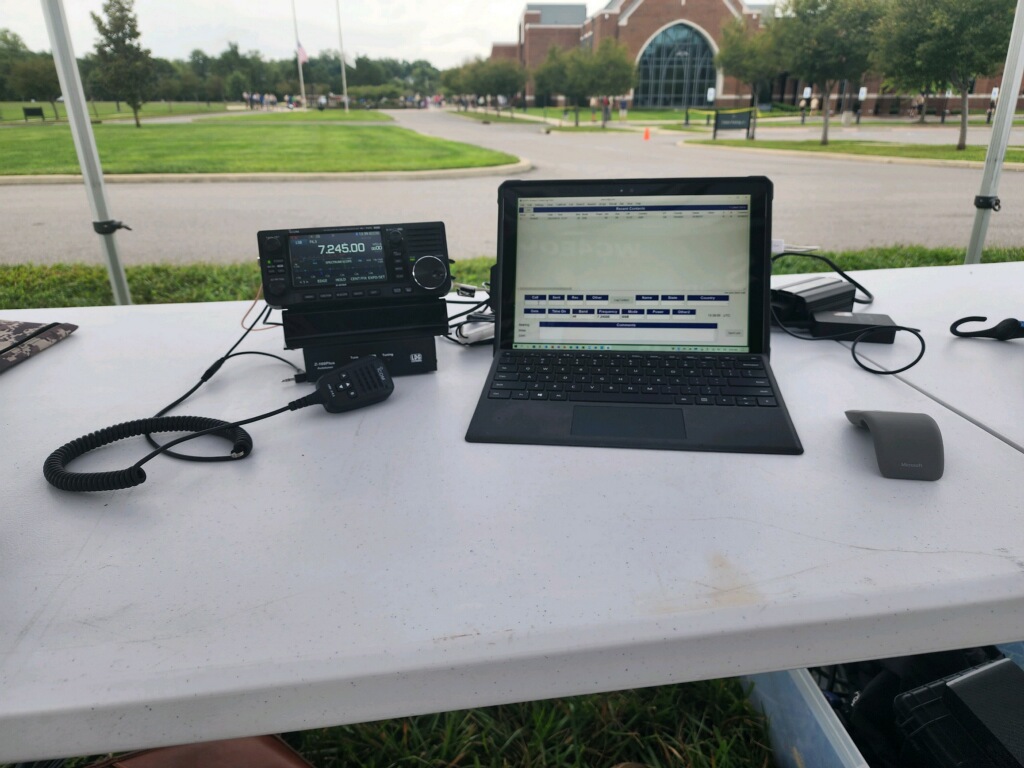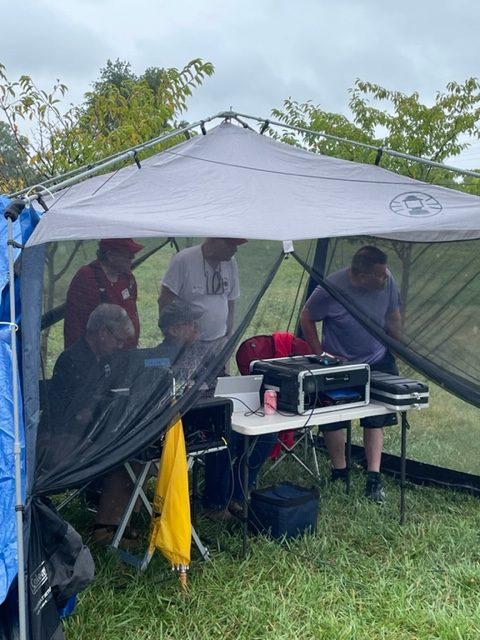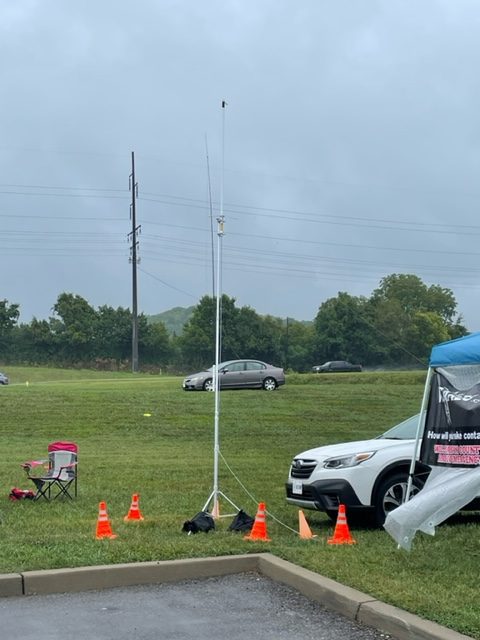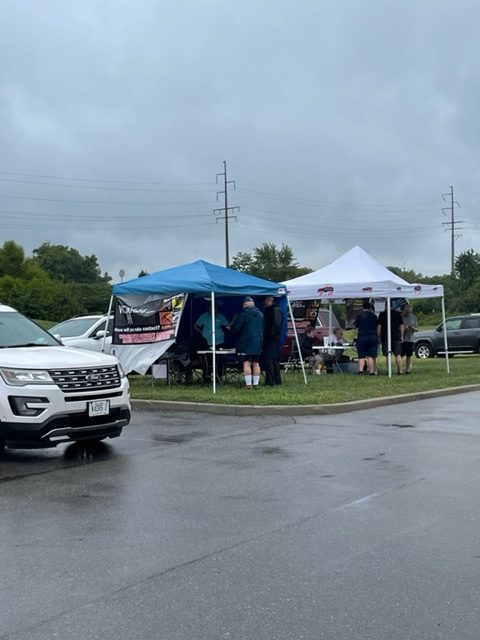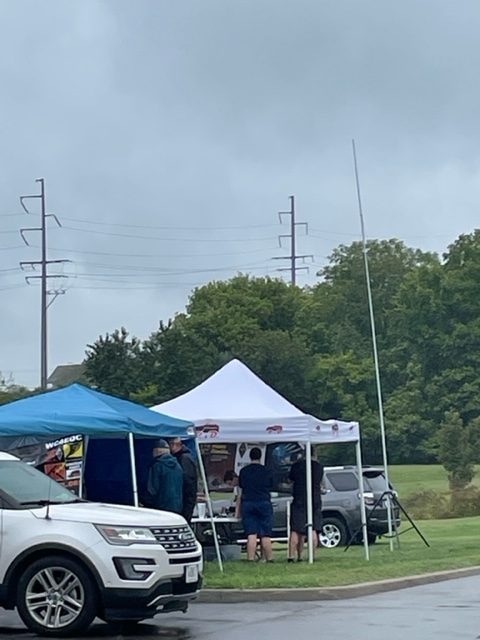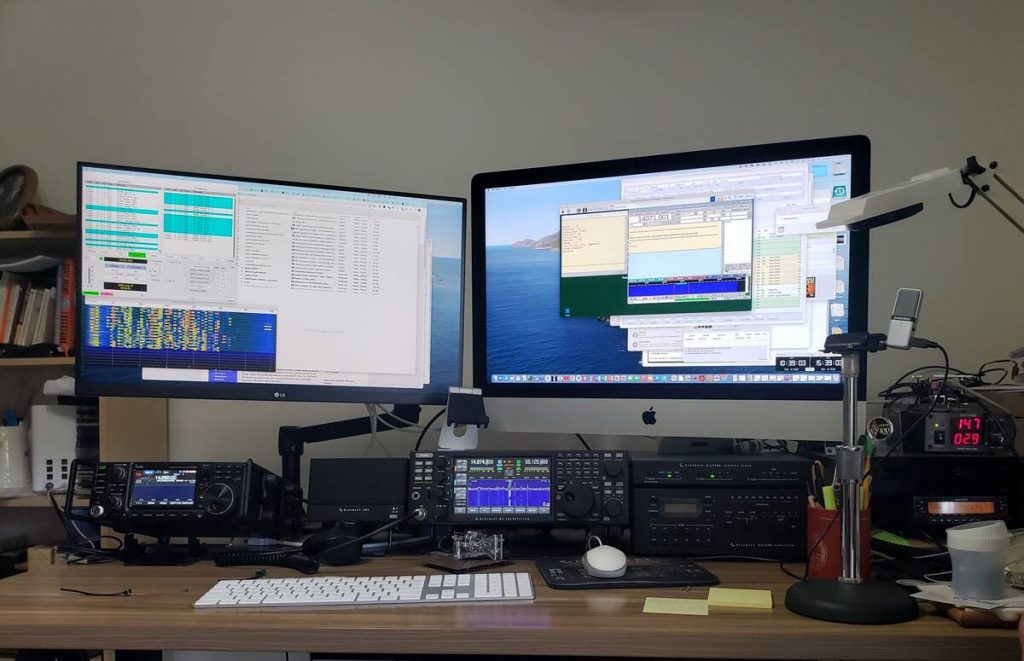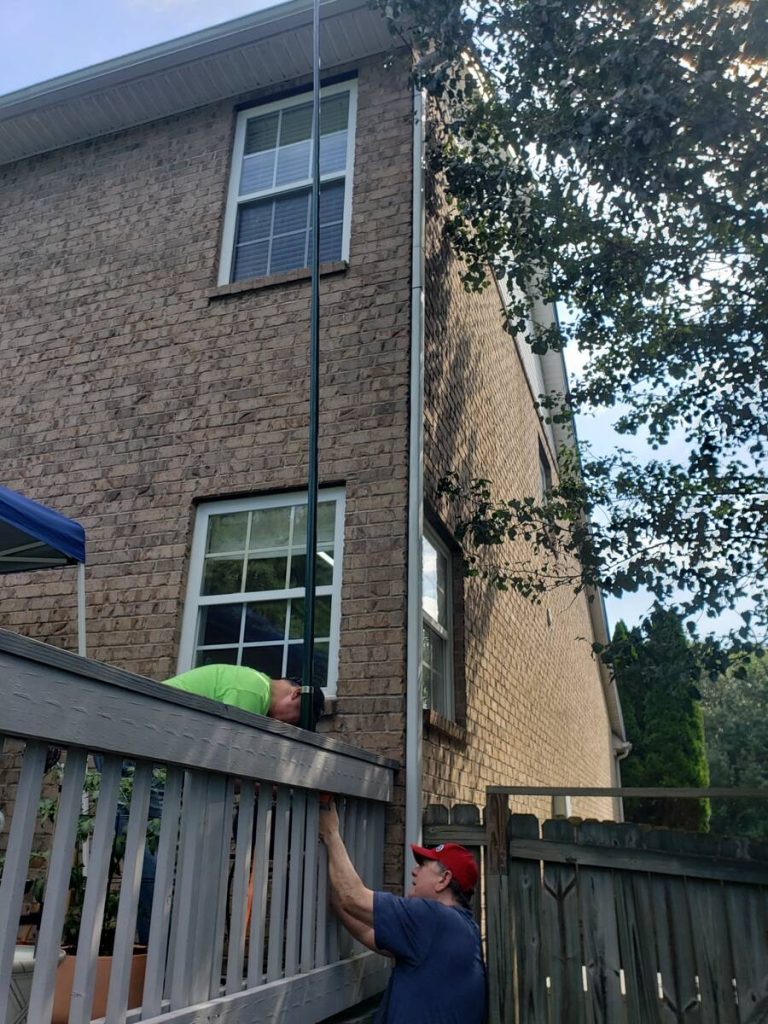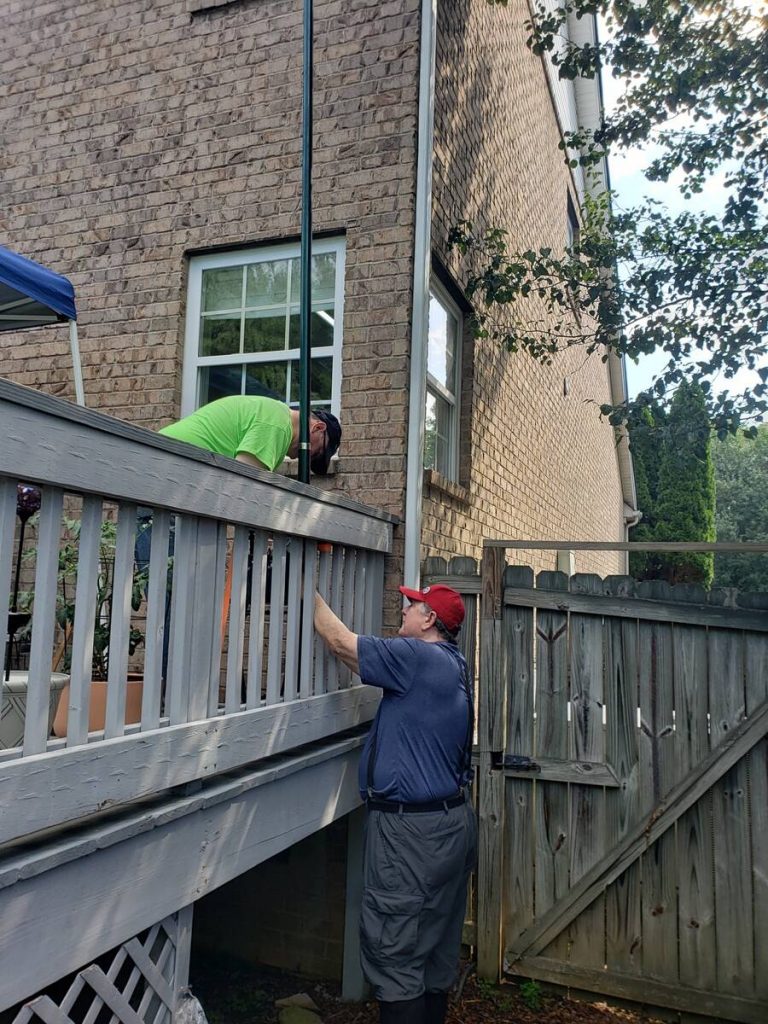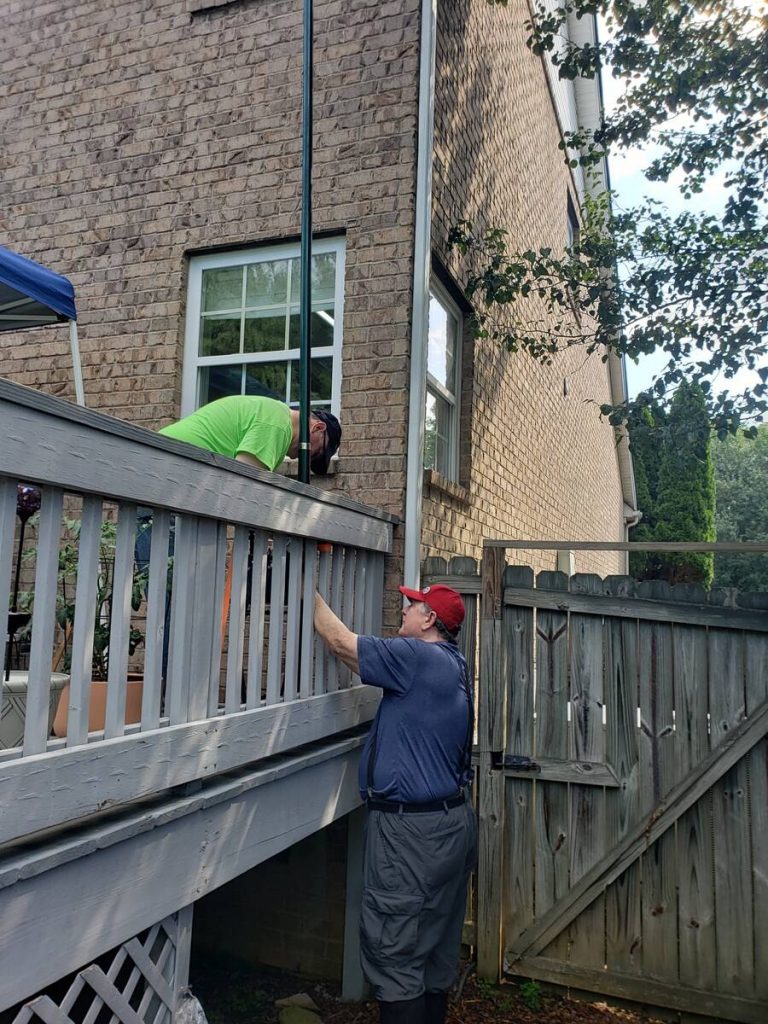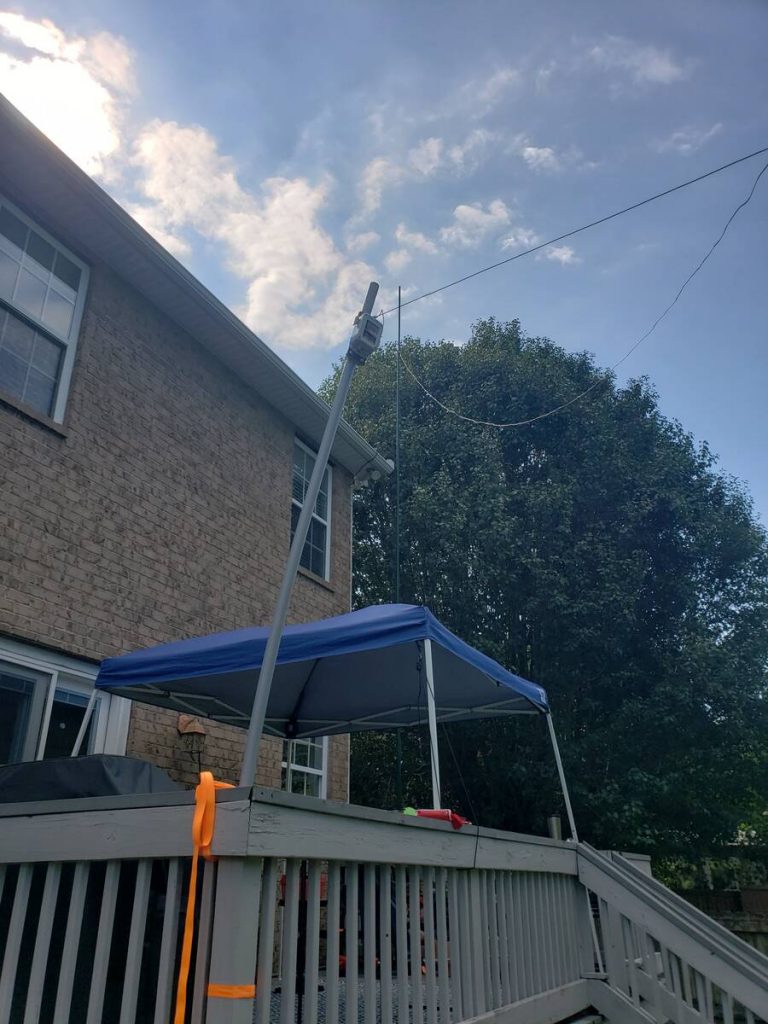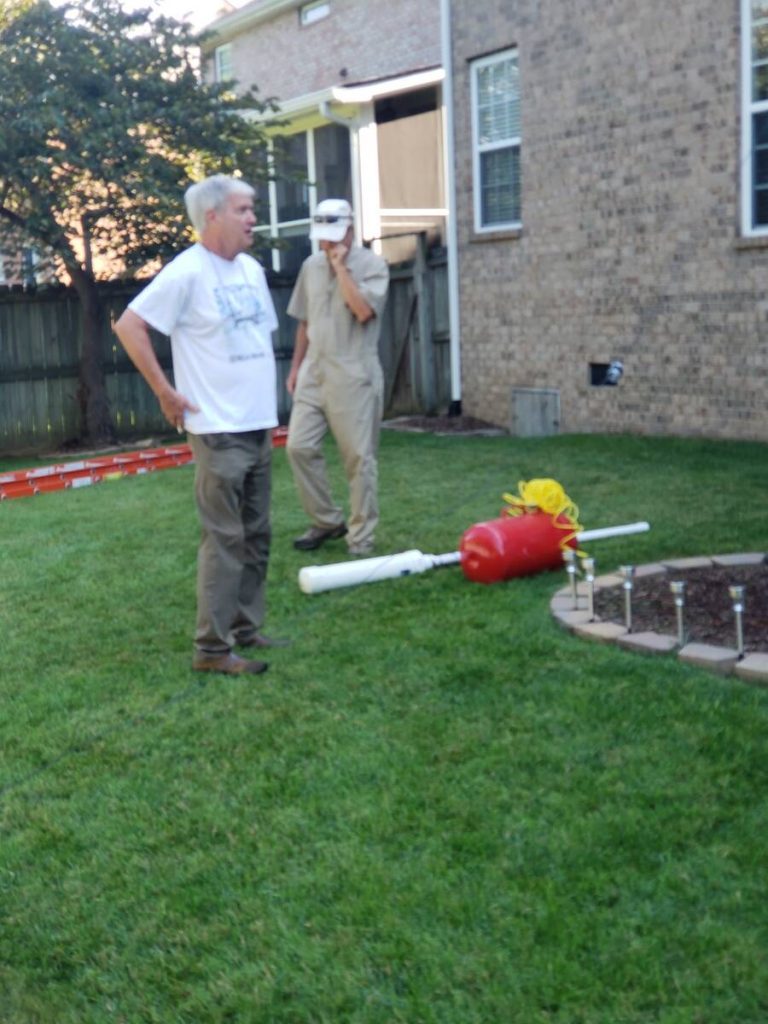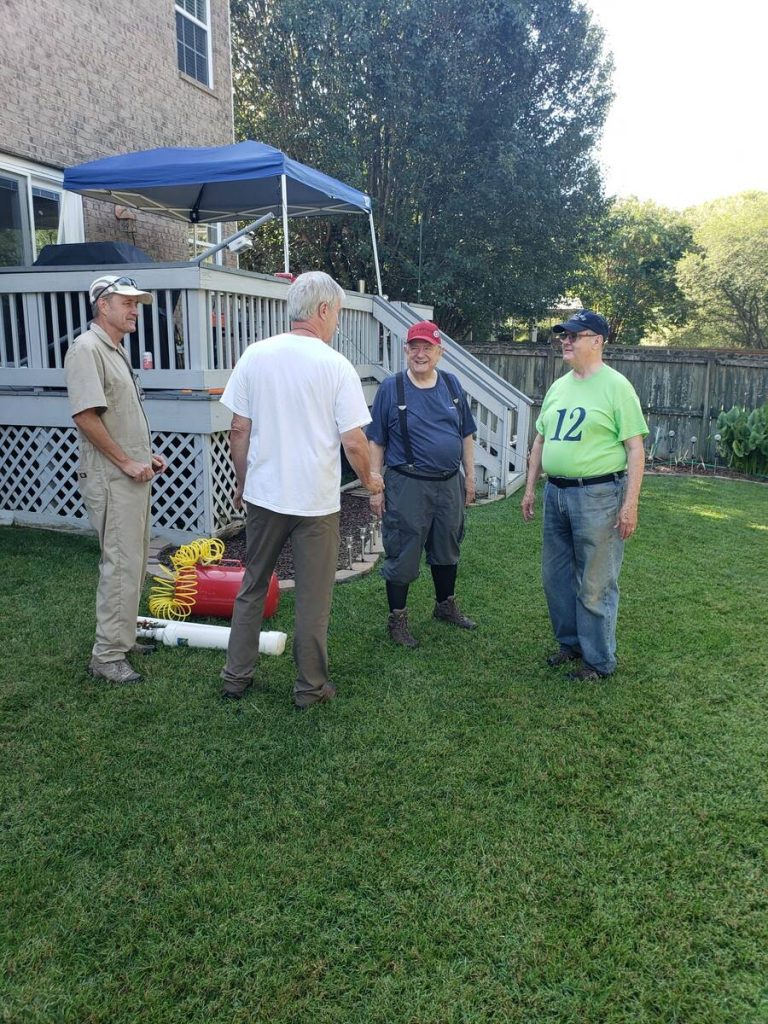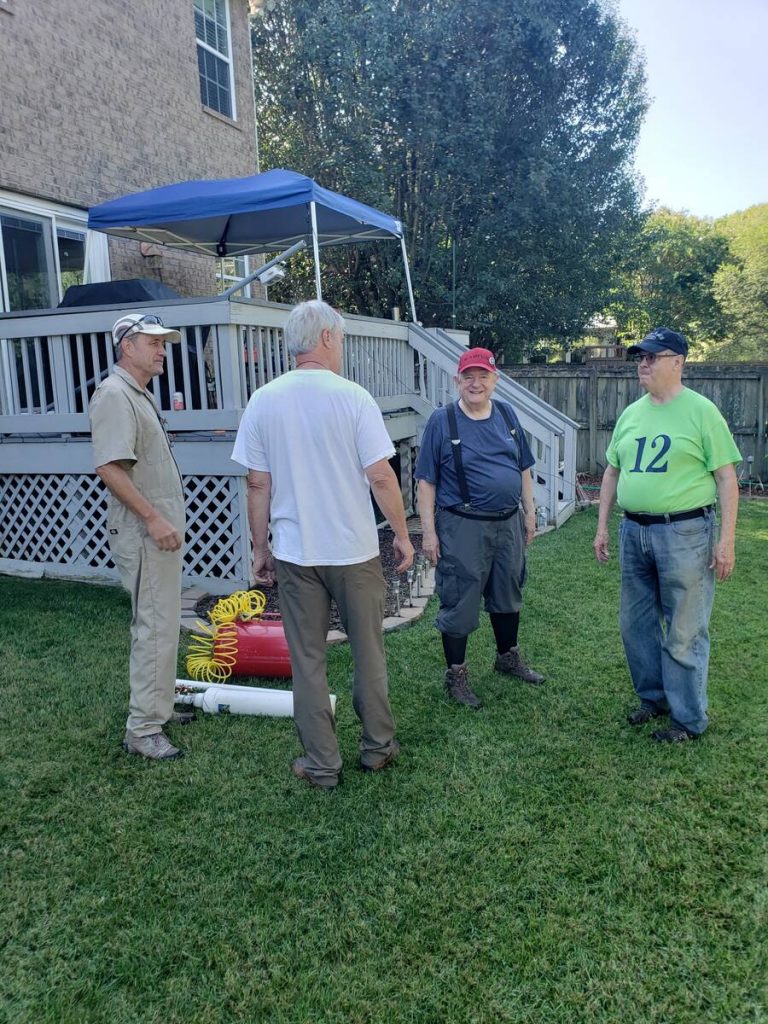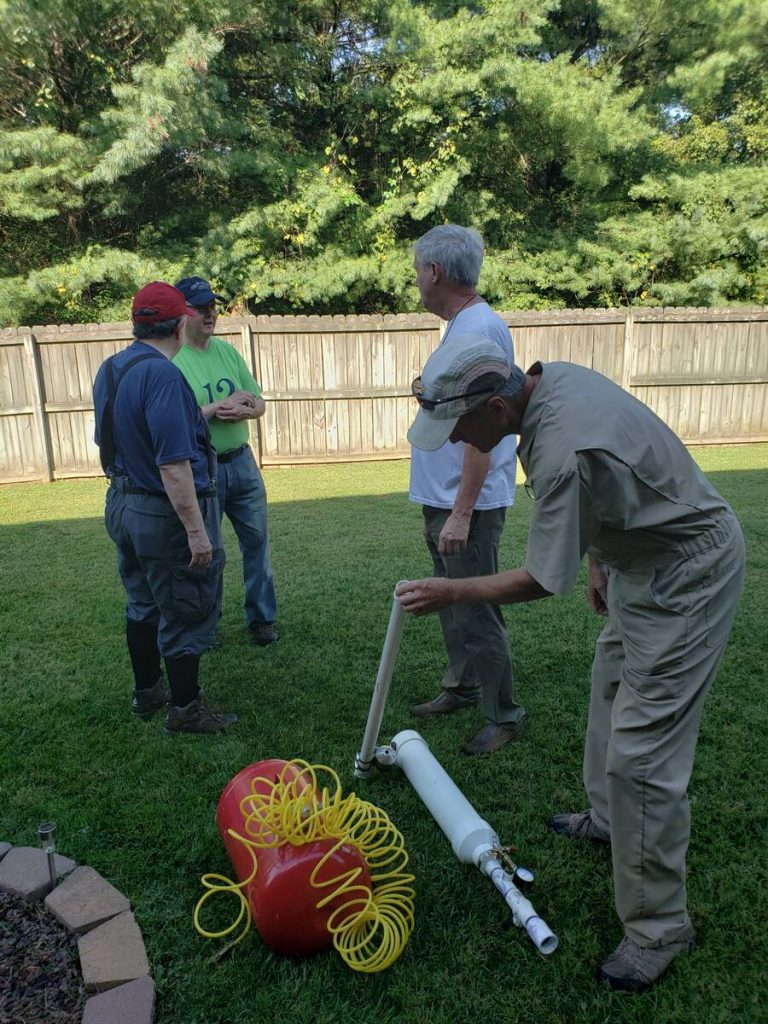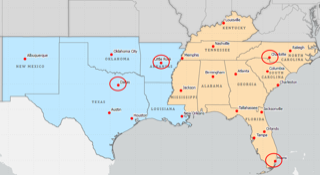Updated – WCARES SET 2022 – Simulated Emergency Test
WCARES, the Williamson County (TN) Amateur Radio Emergency Service, will be conducting an ARRL Simulated Emergency Test (SET) on:
This exercise will take the place of the October WCARES Monthly Meeting.
Final copies of the Simulated Emergency Test WCARES 2022 Player Handbook (Version 2.7) and the exercise associated Incident Radio Communications Plan (ICS 205) (Version 1.4) are now available at the following (updated) links:
Simulated Emergency Test WCARES 2022 Player Handbook (Version 2.7) updated Oct 11, 2022
Incident Radio Communications Plan (ICS 205) (Version 1.4) updated Oct 11, 2022
Sign-up here to take part in the WCARES Simulated Emergency Test 2022:
Update:
From: Jeff Schwartz, KC1DWP
THIS IS AN EXERCISE
The Williamson County Amateur Radio Emergency Service, WCARES, will be conducting an ARRL Simulated Emergency Test (SET) on Saturday 15 October 2022 from 0800 through 1215.
This countywide emergency communications exercise is intended to test our ability to provide communications for our primary served agency – the Williamson County Emergency Management Agency – as well as the National Weather Service.
The exercise scenario will involve a weather event necessitating evacuation to simulated shelters. Shelter communication teams will deploy to the simulated shelters and establish communication operations. Mobile communication operators will deploy to specific municipal agency locations to establish two-way communication between the agency and the Williamson County EMCOMM 911. Other simulated emergency communication needs will develop during the event.
All exercise related communications will begin with the phrase THIS IS AN EXERCISE.
Should an ACTUAL emergency occur during the exercise, the phrase “REAL WORLD” repeated three times will be used to indicate that the exercise is suspended until further notice.
Additional communications will be issued in advance of and during the exercise.
THIS IS AN EXERCISE
ARES® Resources
- Download the ARES Manual [PDF]
- ARES Field Resources Manual [PDF]
- ARES Standardized Training Plan Task Book [PDF]
- ARES Standardized Training Plan Task Book [Word]
- ARES Plan
- ARES Group Registration
- Emergency Communications Training
Previous:
This countywide emergency communications exercise is intended to test our ability to provide communications for our primary served agency – the Williamson County Emergency Management Agency – as well as the National Weather Service.
The exercise scenario will involve a simulated weather event necessitating evacuation to simulated shelters. Shelter Communication teams will deploy to the simulated shelters and establish radio communication operations. Additionally, Mobile Communication operators will deploy to Emergency Response partner locations to establish communications between the partner and the ECOMM 911 center. More details will be provided.
At this point, we are looking for volunteers for the Shelter Communication teams and as Mobile Communication operators.
This is a great opportunity to exercise your skills, try out your equipment, and help demonstrate the emergency communication capability we have in WCARES.
